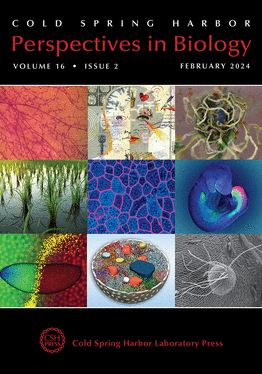Protein Design Using Structure-Prediction Networks: AlphaFold and RoseTTAFold as Protein Structure Foundation Models
IF 6.9
2区 生物学
Q1 CELL BIOLOGY
引用次数: 0
Abstract
Designing proteins with tailored structures and functions is a long-standing goal in bioengineering. Recently, deep learning advances have enabled protein structure prediction at near-experimental accuracy, which has catalyzed progress in protein design as well. We review recent studies that use structure-prediction neural networks to design proteins, via approaches such as activation maximization, inpainting, or denoising diffusion. These methods have led to major improvements over previous methods in wet-lab success rates for designing protein binders, metalloproteins, enzymes, and oligomeric assemblies. These results show that structure-prediction models are a powerful foundation for developing protein-design tools and suggest that continued improvement of their accuracy and generality will be key to unlocking the full potential of protein design.利用结构预测网络进行蛋白质设计:作为蛋白质结构基础模型的 AlphaFold 和 RoseTTAFold
设计具有定制结构和功能的蛋白质是生物工程的长期目标。最近,深度学习的进步使蛋白质结构预测达到了接近实验的精确度,这也推动了蛋白质设计的进步。我们回顾了近期通过激活最大化、内绘制或去噪扩散等方法利用结构预测神经网络设计蛋白质的研究。这些方法在设计蛋白质粘合剂、金属蛋白、酶和寡聚体组装体的湿实验室成功率方面比以前的方法有了很大提高。这些结果表明,结构预测模型是开发蛋白质设计工具的强大基础,并表明不断提高其准确性和通用性将是释放蛋白质设计全部潜力的关键。
本文章由计算机程序翻译,如有差异,请以英文原文为准。
求助全文
约1分钟内获得全文
求助全文
来源期刊

Cold Spring Harbor perspectives in biology
CELL BIOLOGY-
CiteScore
15.00
自引率
1.40%
发文量
56
审稿时长
3-8 weeks
期刊介绍:
Cold Spring Harbor Perspectives in Biology offers a comprehensive platform in the molecular life sciences, featuring reviews that span molecular, cell, and developmental biology, genetics, neuroscience, immunology, cancer biology, and molecular pathology. This online publication provides in-depth insights into various topics, making it a valuable resource for those engaged in diverse aspects of biological research.
 求助内容:
求助内容: 应助结果提醒方式:
应助结果提醒方式:


